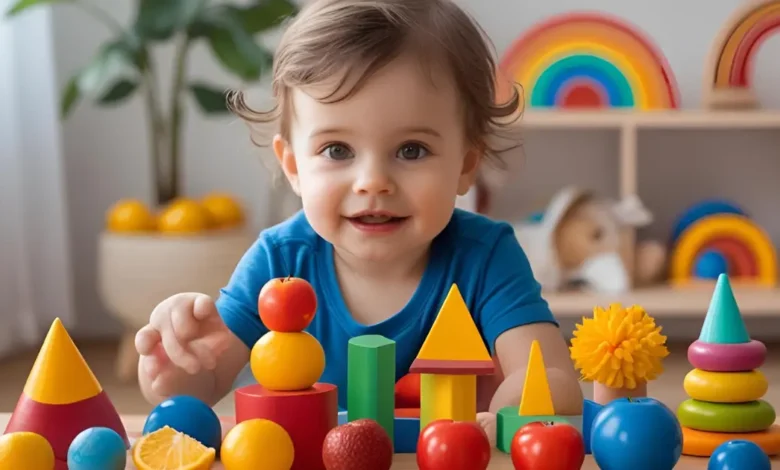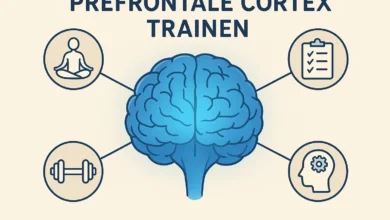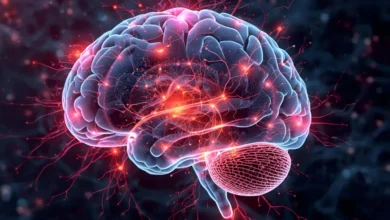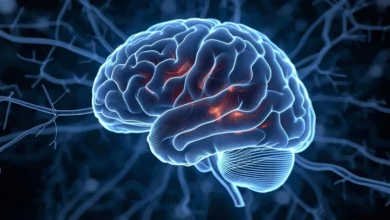Child Development Stages: A Complete Guide for Parents

Wondering what to expect as your child grows? This complete guide explains the major stages of child development — from newborn to teenager — with milestones and practical tips for parents.
1. Newborn (0–2 Months)
Focus on bonding, feeding, and adjusting to life outside the womb. Key milestones: recognizing voices, basic reflexes.
2. Infant (2–12 Months)
Rapid growth in motor skills, sensory awareness, and social interaction. Milestones: rolling over, sitting, first words.
3. Toddler (1–3 Years)
Developing independence, language skills, and basic problem-solving. Milestones: walking, simple sentences, self-feeding.
4. Preschool (3–5 Years)
Improved coordination, imagination, and social skills. Milestones: storytelling, counting, playing with peers.
5. Early School Age (5–8 Years)
Growth in academic skills, friendships, and emotional regulation. Milestones: reading, teamwork, empathy.
6. Pre-Adolescence (9–12 Years)
Developing identity, independence, and advanced reasoning. Milestones: critical thinking, deeper friendships.
7. Adolescence (13–18 Years)
Major physical changes, emotional maturity, and preparing for adulthood. Milestones: self-identity, goal setting, life skills.
People Also Ask
What are the main stages of child development?
Newborn, infant, toddler, preschool, early school age, pre-adolescence, and adolescence.
Why are child development stages important?
They help parents track growth and address any developmental delays early.
How can I support my child’s development?
Provide love, learning opportunities, and a safe environment at each stage.
Conclusion
Understanding child development stages helps you support your child’s growth and ensure they reach their full potential, both emotionally and physically.




